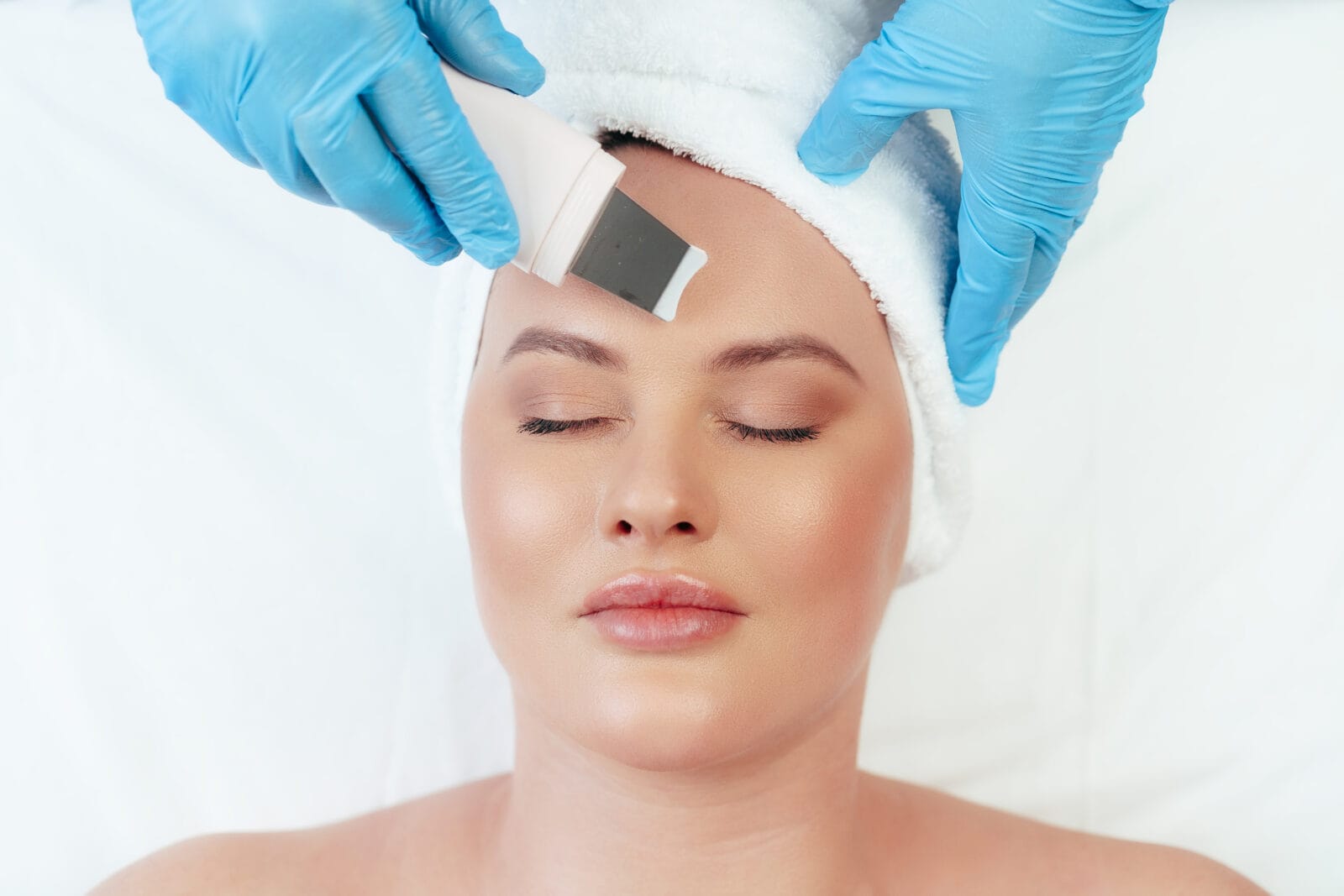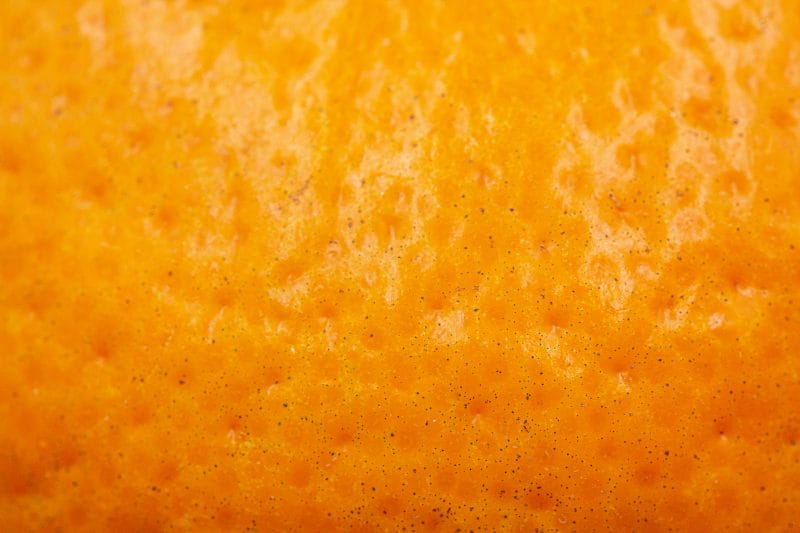Skincare routines are as unique as the individuals who follow them. With so many treatments and products available, it can be overwhelming to decide which to incorporate into your daily regimen. One technique gaining popularity is dermaplaning. But what exactly is it, and is it beneficial for your skin? Let’s explore this topic in detail.
Dermaplaning is a method of exfoliation that involves using a sterile surgical scalpel to gently scrape off the top layer of dead skin cells and fine vellus hair, commonly known as peach fuzz. This procedure aims to leave the skin’s surface smoother and more radiant. Unlike many other exfoliation techniques, dermaplaning is non-invasive and typically painless. It’s often performed by licensed estheticians or dermatologists, but at-home tools are also available for those who prefer a DIY approach.
The appeal of dermaplaning lies in its immediate results. After a session, the skin feels incredibly soft and looks visibly brighter. This is because the removal of dead skin cells and hair allows for better penetration of skincare products, making them more effective. Additionally, makeup application becomes smoother, providing a more flawless finish.
Who Can Benefit from Dermaplaning?
Dermaplaning is suitable for most skin types, especially those with dry or rough skin, hyperpigmentation, mild acne scars, or fine lines and wrinkles. It’s particularly beneficial for people looking to achieve a smoother skin texture and a more even complexion. However, it’s important to note that those with active acne or extremely sensitive skin should consult with a dermatologist before undergoing the procedure, as it may exacerbate certain conditions.
One of the common misconceptions about dermaplaning is that it will make facial hair grow back thicker or darker. This is not the case. The hair will grow back at the same rate and texture as before, as the procedure does not affect the hair follicle beneath the skin’s surface.
Benefits Beyond the Surface
The advantages of dermaplaning extend beyond just a smoother complexion. By removing the buildup of dead skin cells and fine hair, dermaplaning can help reduce the occurrence of acne and clogged pores. This makes it an excellent choice for those who struggle with breakouts and blackheads. Furthermore, the enhanced absorption of skincare products means that active ingredients can penetrate deeper into the skin, boosting their effectiveness.
Another significant benefit of dermaplaning is the immediate improvement in skin texture and tone. This can be especially advantageous for individuals dealing with uneven skin pigmentation or dullness. Over time, regular sessions can promote a more youthful appearance by stimulating cell turnover and collagen production.
Statistics from the American Society of Plastic Surgeons reveal that nonsurgical skin procedures, including dermaplaning, have seen a significant rise in popularity, with a 9% increase in treatments performed from 2019 to 2020 (source: ASPS).
At-Home Dermaplaning: Proceed with Caution
While professional dermaplaning is highly recommended for the best and safest results, at-home options are available for those who prefer to perform the treatment themselves. At-home dermaplaning tools are designed to be user-friendly and less sharp than the surgical scalpels used by professionals. However, it’s crucial to follow the instructions carefully and maintain proper hygiene to avoid any risk of infection or injury.
Before attempting at-home dermaplaning, ensure your skin is clean and free of any makeup or skincare products. Using a gentle cleanser, wash your face thoroughly and pat it dry. Hold the dermaplaning tool at a 45-degree angle and gently glide it across your skin in short, downward strokes. Avoid applying too much pressure and steer clear of any active breakouts or irritated areas.
After the procedure, it’s essential to follow up with hydrating and soothing skincare products. A gentle moisturizer and sunscreen are must-haves to protect your freshly exfoliated skin from environmental damage. It’s also wise to limit sun exposure for a few days post-treatment to prevent any potential sensitivity.
Potential Drawbacks and Considerations
Despite its many benefits, dermaplaning is not without potential drawbacks. Some individuals may experience temporary redness or sensitivity following the procedure. This is usually mild and subsides within a few hours to a day. However, those with highly reactive or sensitive skin should exercise caution and possibly consult a dermatologist before trying dermaplaning.
Another consideration is the frequency of the treatment. While dermaplaning can be performed every three to four weeks, overdoing it can lead to over-exfoliation, which can compromise the skin barrier and cause dryness or irritation. It’s essential to listen to your skin and adjust the frequency based on how it responds to the treatment.
Lastly, cost can be a factor. Professional dermaplaning sessions can range from $75 to $150 per treatment, depending on the provider and location. While at-home tools are more affordable, usually costing between $20 and $40, they may not deliver the same level of results as a professional treatment. Weighing the benefits against the costs and potential risks is crucial in determining if dermaplaning is a suitable addition to your skincare routine.
The Verdict: Is Dermaplaning Right for You?
Ultimately, the decision to incorporate dermaplaning into your skincare routine depends on your skin type, concerns, and personal preferences. If you’re looking for a quick and effective way to achieve smoother, brighter skin, dermaplaning might be worth considering. Its ability to enhance product absorption, improve skin texture, and provide an immediate glow makes it a popular choice among skincare enthusiasts.
For those with specific skin concerns such as acne scars, hyperpigmentation, or fine lines, dermaplaning can be a valuable addition to a broader skincare regimen. However, it’s essential to consult with a skincare professional to ensure it’s appropriate for your skin type and needs. They can provide personalized recommendations and ensure the procedure is performed safely and effectively.
Dermaplaning offers a straightforward solution for those seeking to rejuvenate their skin without the need for invasive treatments. Its benefits are both immediate and long-term, making it a versatile option for achieving healthier, more radiant skin. As with any skincare treatment, it’s crucial to stay informed, follow best practices, and consult with professionals to ensure the best outcomes for your unique skin.
In conclusion, while dermaplaning may not be suitable for everyone, its numerous benefits and growing popularity make it a worthwhile consideration for those looking to elevate their skincare routine. Whether you choose to visit a professional or try an at-home tool, the key is to prioritize safety, consistency, and proper aftercare to achieve the best results.





